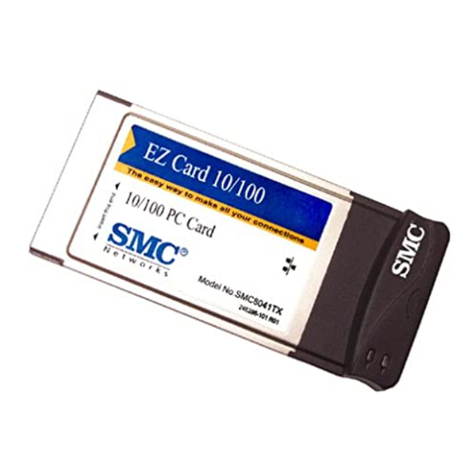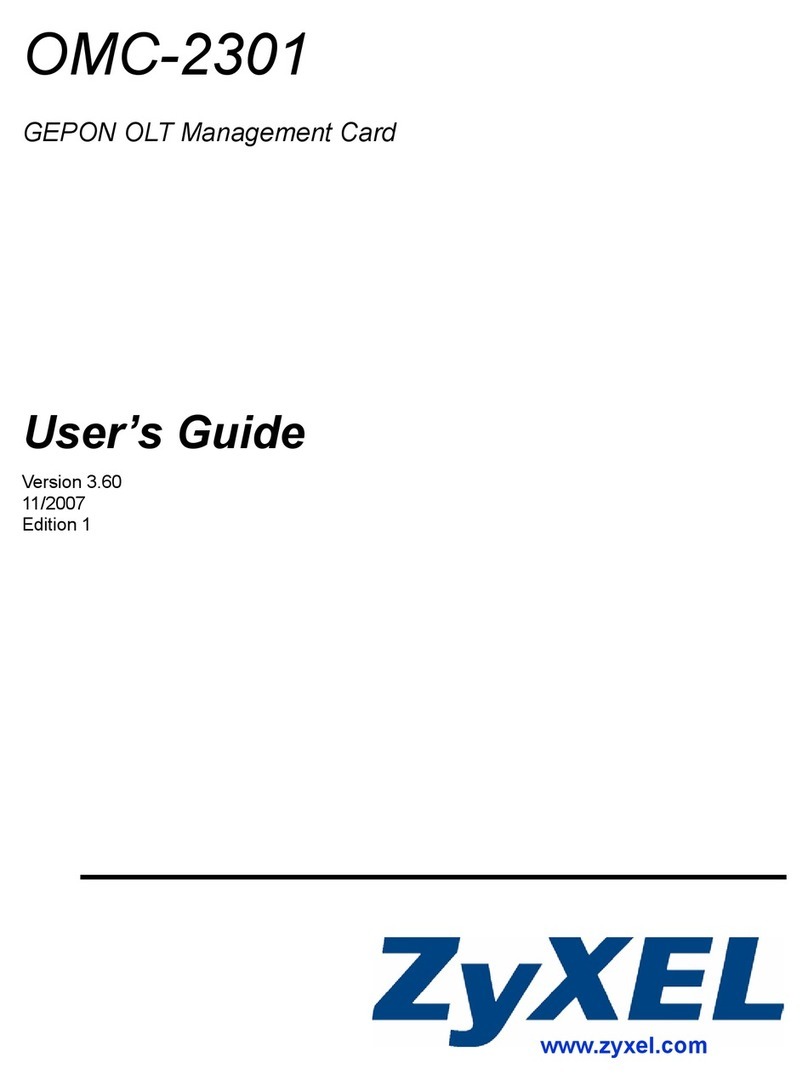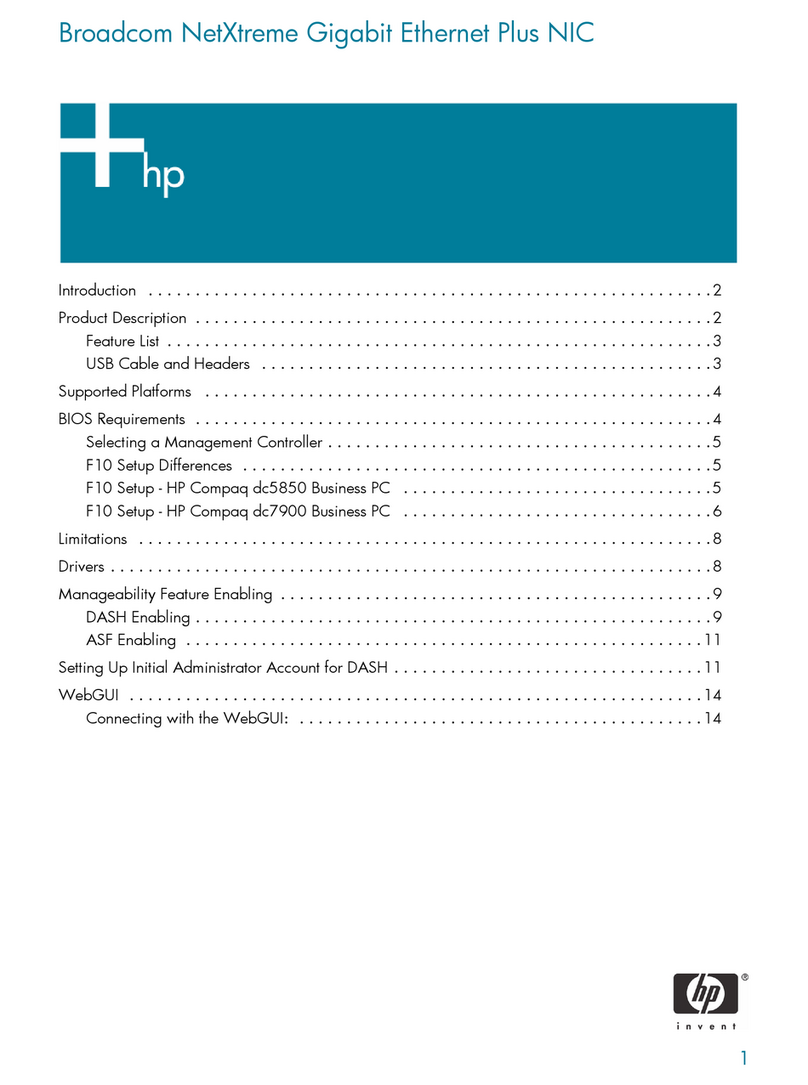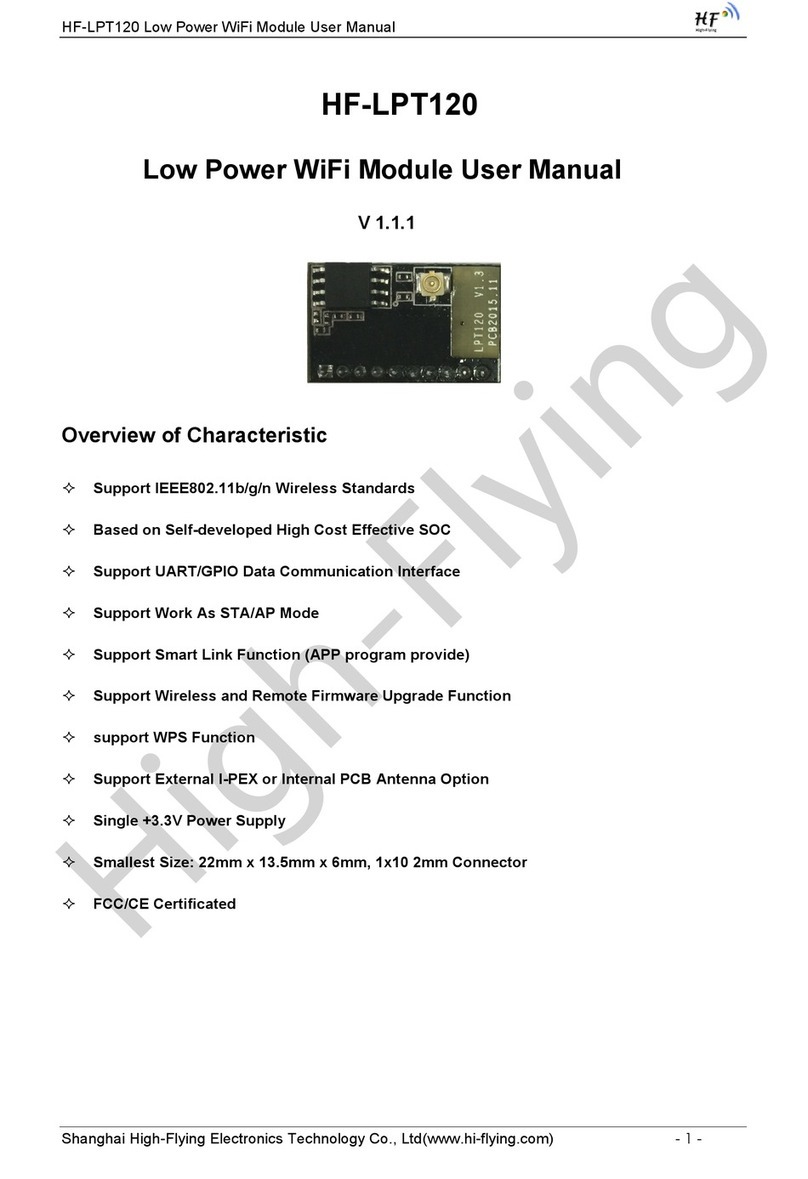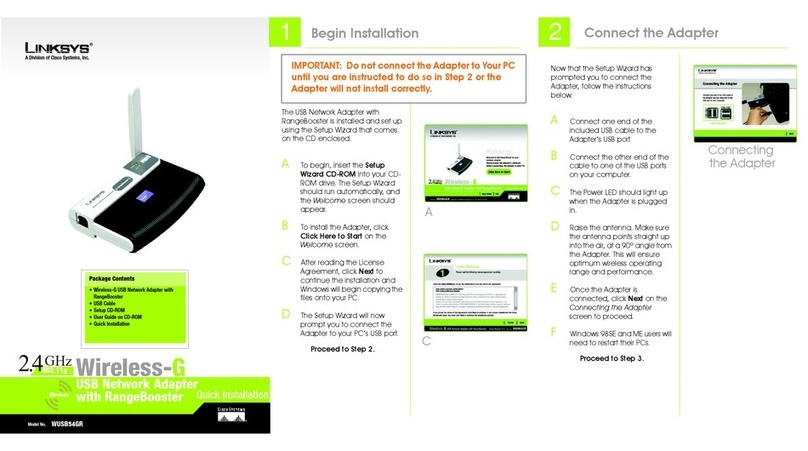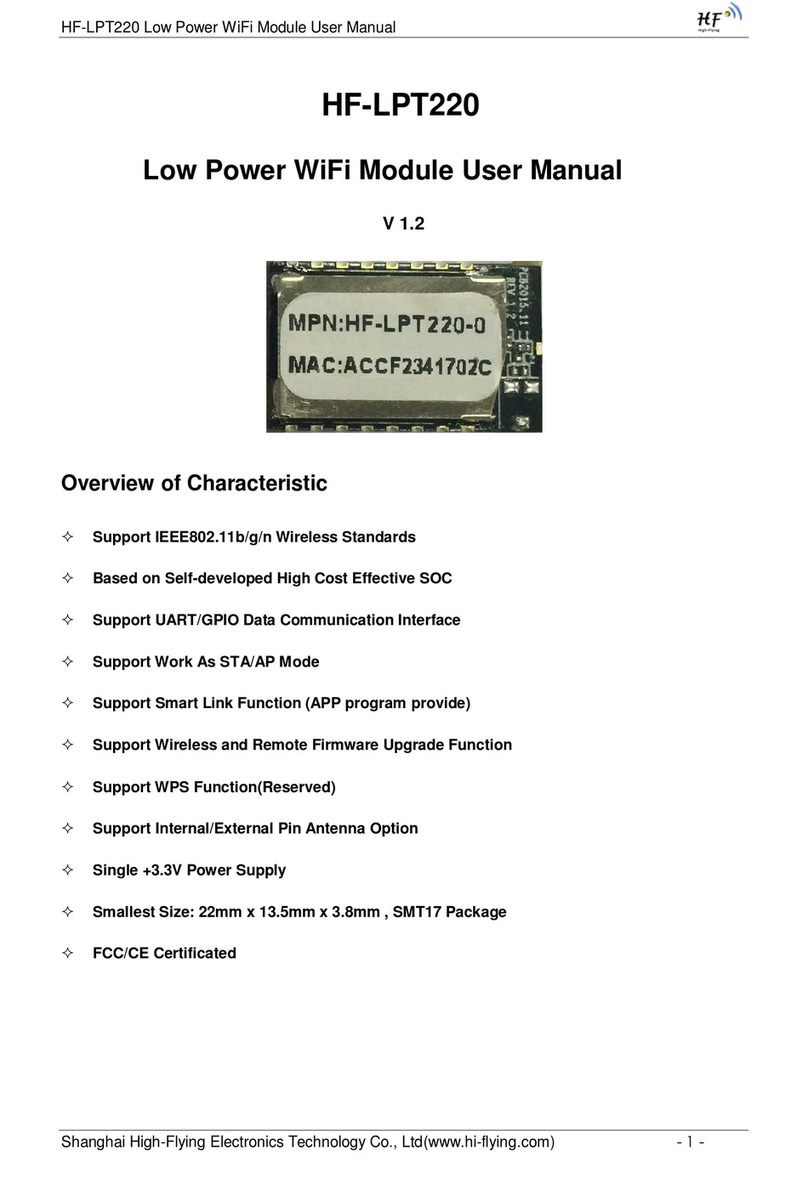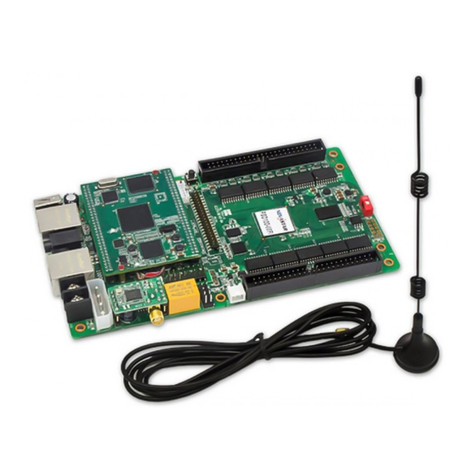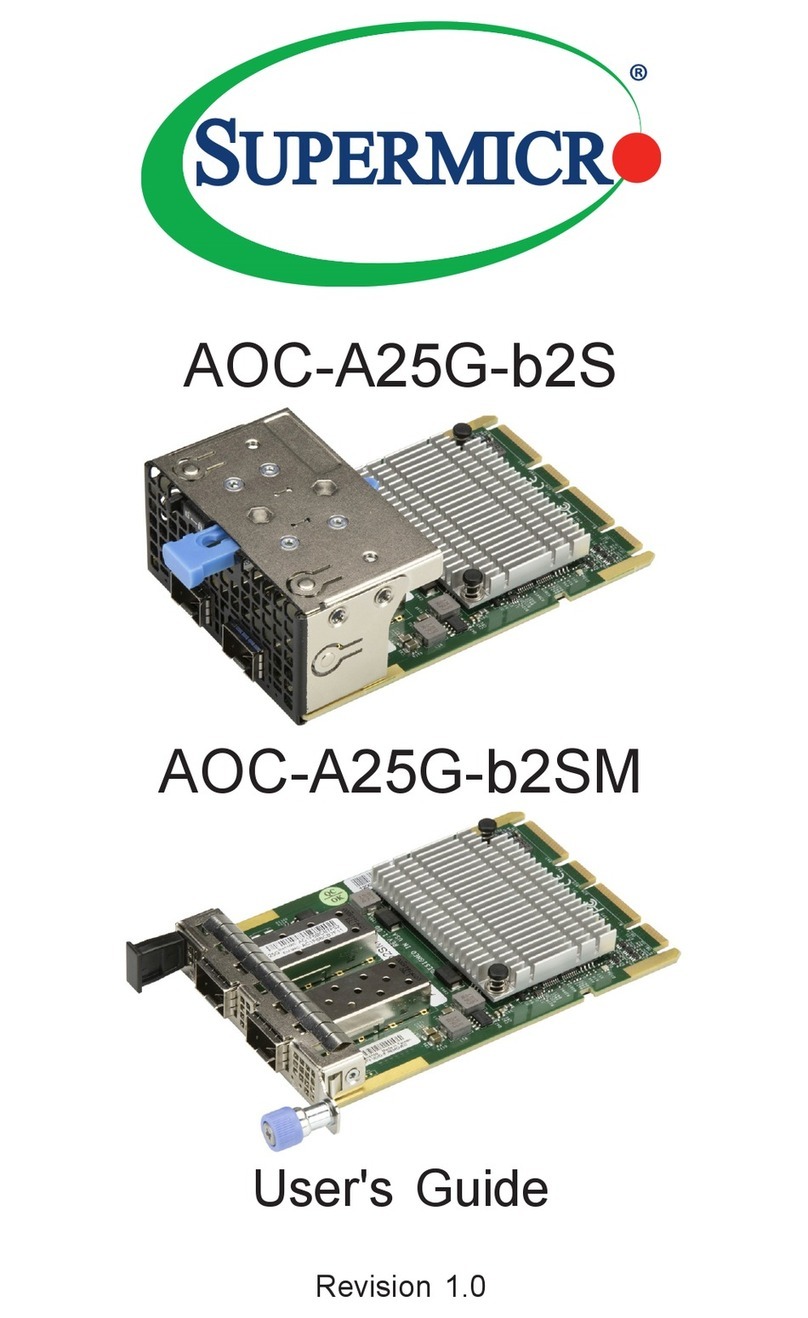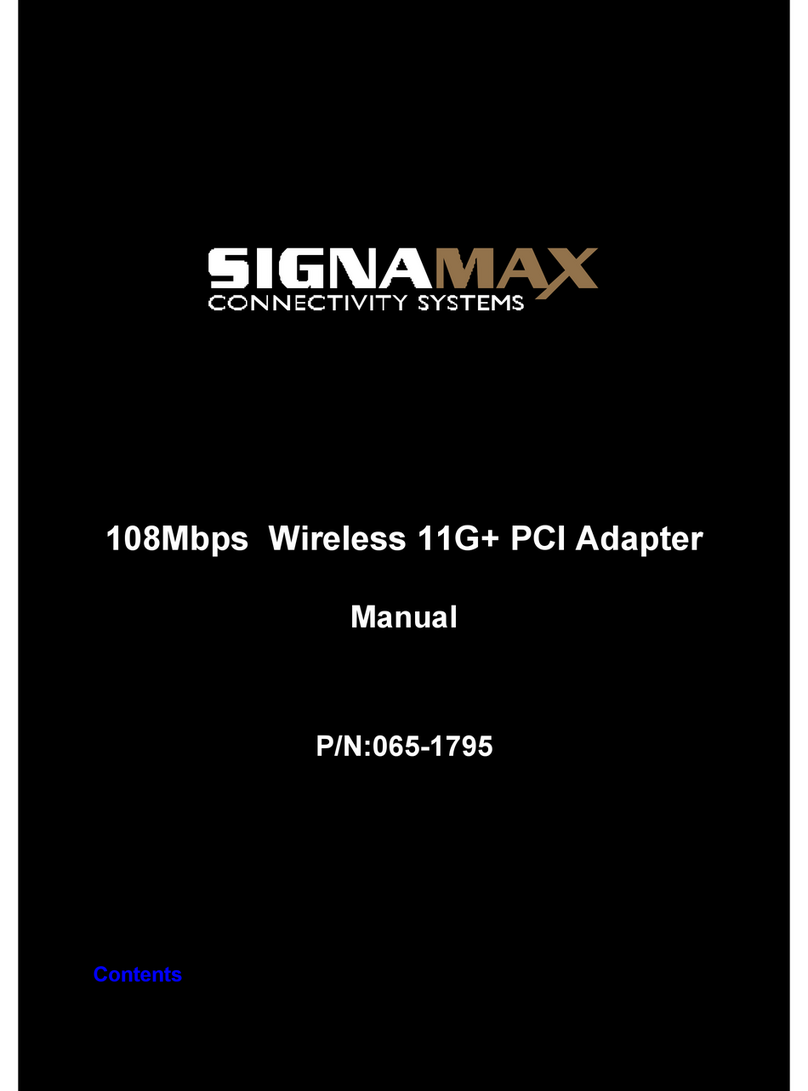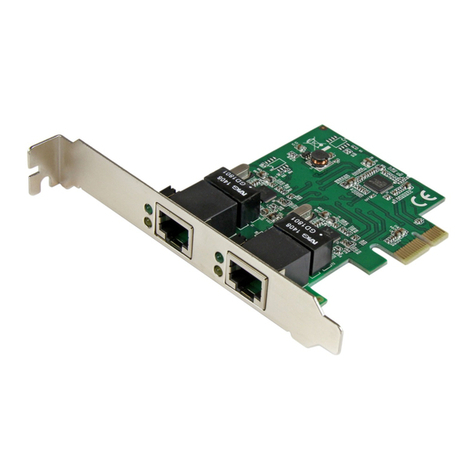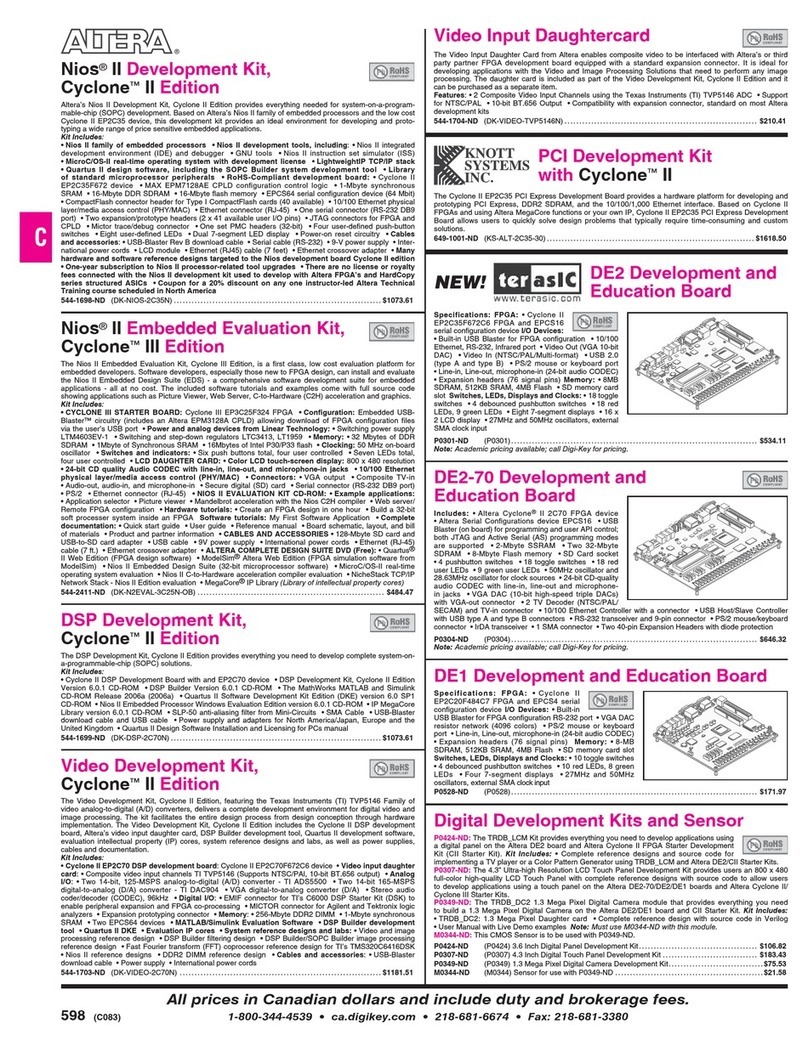
HF-LPT100 Low Power WiFi Module User Manual
Shanghai High-Flying Electronics Technology Co., Ltd(www.hi-flying.com) - 3 -
3.1.8. Upgrade Software Page ...................................................................................................27
3.1.9. Restart Page.....................................................................................................................28
3.1.10. Restore Page ................................................................................................................28
3.1.11. Internal Webpage..........................................................................................................29
3.2. HF-LPT100 Usage Introduction ............................................................................................29
3.2.1. Software Debug Tools ......................................................................................................29
3.2.2. Network Connection .........................................................................................................30
3.2.3. Default Parameter Setting ................................................................................................30
3.2.4. Module Debug...................................................................................................................30
3.3. Typical Application Examples ..............................................................................................32
3.3.1. Wireless Control Application.............................................................................................32
3.3.2. Remote Management Application.....................................................................................32
3.3.3. Transparent Serial Port Application..................................................................................33
4. AT+INSTRUCTION INTRODUCTION ......................................................................................34
4.1. Configuration Mode...............................................................................................................34
4.1.1. Switch to Configuration Mode...........................................................................................34
4.2. AT+ Instruction Set Overview...............................................................................................35
4.2.1. Instruction Syntax Format.................................................................................................35
4.2.2. AT+ Instruction Set...........................................................................................................36
4.2.2.1. AT+E .............................................................................................................................38
4.2.2.2. AT+WMODE .................................................................................................................39
4.2.2.3. AT+ENTM .....................................................................................................................39
4.2.2.4. AT+TMODE...................................................................................................................39
4.2.2.5. AT+MID.........................................................................................................................39
4.2.2.6. AT+VER ........................................................................................................................40
4.2.2.7. AT+LVER ......................................................................................................................40
4.2.2.8. AT+FWSZ .....................................................................................................................40
4.2.2.9. AT+RELD......................................................................................................................40
4.2.2.10. AT+FCLR...................................................................................................................40
4.2.2.11. AT+Z..........................................................................................................................41
4.2.2.12. AT+H .........................................................................................................................41
4.2.2.13. AT+CFGRD ...............................................................................................................41
4.2.2.14. AT+CFGWR ..............................................................................................................41
4.2.2.15. AT+CFGFR................................................................................................................41
4.2.2.16. AT+CFGTF................................................................................................................41
4.2.2.17. AT+UART..................................................................................................................42
4.2.2.18. AT+UARTF................................................................................................................42
4.2.2.19. AT+UARTFT..............................................................................................................43
4.2.2.20. AT+UARTFL..............................................................................................................43
4.2.2.21. AT+UARTTE..............................................................................................................43
4.2.2.22. AT+SEND..................................................................................................................43
4.2.2.23. AT+RECV..................................................................................................................44
4.2.2.24. AT+PING...................................................................................................................44
4.2.2.25. AT+NETP ..................................................................................................................44





















